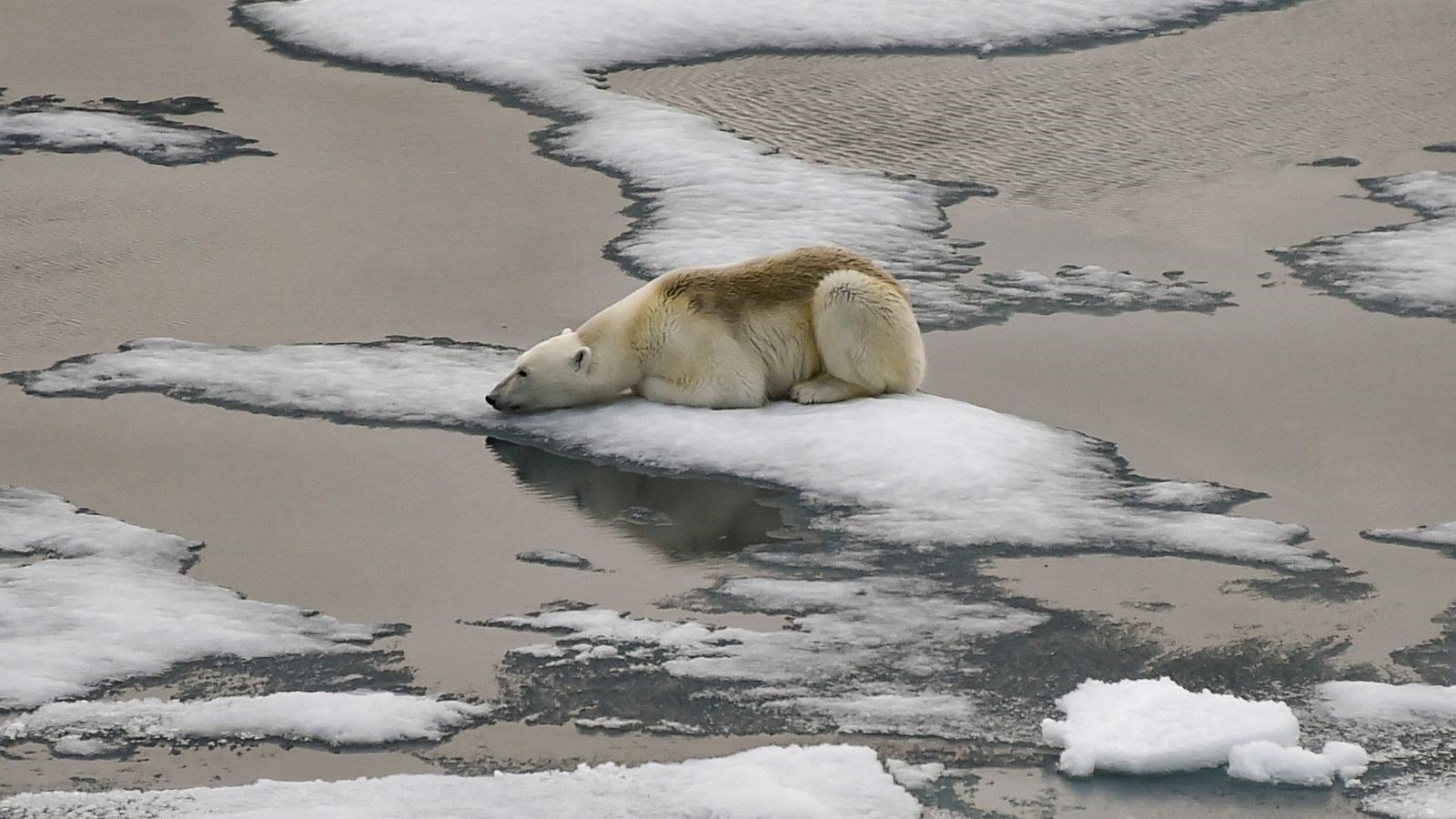Polar bears thrive despite lack of ice caps in Greenland
Researchers reveal that an isolated group of Polar bears in southeast Greenland has survived due to freshwater discharge from glaciers.
-

The polar bears have survived thanks to freshwater ice from glaciers that discharge into the sea
Polar bears have become the face of the climate crisis, with experts predicting that the animals will become extinct in a matter of decades as the Arctic sea ice from which they hunt melts. However, researchers have discovered a group of them in southeast Greenland that are surviving despite the lack of sea ice for much of the year.
The polar bears, which appear to have been isolated from other groups for several hundred years, have survived thanks to freshwater ice from glaciers that discharge into the sea, according to the team.
The researchers added that, despite predictions of a significant decline in Arctic polar bear numbers, the discovery provides a ray of hope, not least because conditions in south-east Greenland today are similar to those expected in the high Arctic by the end of the century.
“I do think they can teach us something about where rare, small numbers of polar bears might be able to hang on in an ice-free Arctic,” said Dr. Kristin Laidre, the first author of the study from the University of Washington who worked with the Greenland Institute of Natural Resources.
Two distinct groups in the area
Laidre and colleagues report in the journal Science that their studies of the movement, genetics, and demographics of a sub-population of polar bears along the east Greenland coastline revealed the presence of two distinct groups: One above 64 degrees north and the other below, in the island's south-east.
The latter meets the criteria for a new sub-population of polar bears, increasing the number identified to date from 19 to 20, and are the most genetically isolated polar bears in the Arctic, according to the team. Their movements are restricted by mountainous terrain and the Greenland ice sheet to the west, open water to the east, and a lack of suitable habitat to the south.
“They’re geographically, genetically, and demographically isolated, meaning they’re not interacting with other bears,” said Laidre, although she stressed the group is not evolving into a new species.
“Occasionally, there’s an immigrant that comes in and adds genetic diversity to the group,” Laidre added. “But because they are so geographically isolated, they don’t have a lot of genetic input from other polar bears from other parts of the Arctic.”
How can they survive?
At first glance, southeast Greenland may appear to be an unlikely habitat for polar bears, as sea ice is present for less than a third of the year. However, as glaciers in the fjords move towards the ocean, the ice that breaks off can produce not only icebergs but also aggregate in front of the glacier, creating a "floating landscape" from which they can hunt all year.
“What we know about polar bears is that having sea ice for about 100 days a year is just way too few for bears to survive,” she said. “The reason that they can make it in this isolated environment is that they have supplemental ice platform.”
It is not the first time that polar bears have been observed moving along glacial fronts, but the team believes that the newly identified group – thought to number in the hundreds – is unique in that such characteristics are critical for their survival.
Global warming affects habitats
However, Laidre stated that such habitats are rare and are likely to change as a result of global warming and that the small gene pool of southeast Greenland bears may prove problematic if immigrant bears cease to appear.
Prof Andrew Derocher, a polar bear expert at the University of Alberta who was not involved in the study, said the research showed polar bears in south-east Greenland formed a distinct genetic group with isolation and inbreeding – though he said the lack of a fixed definition made determining whether it was a new subpopulation difficult.
“I suspect as the climate continues to warm in the Arctic, this study reflects a pattern that will emerge much more often: declining abundance coupled with low immigration will result in genetically distinct groups of polar bears scattered across the Arctic that with continued warming, will be extirpated over time,” he said.
“The low body condition and birth rate reported in south-east Greenland suggests this group of bears may already be living at the edge of persistence.”

 4 Min Read
4 Min Read








